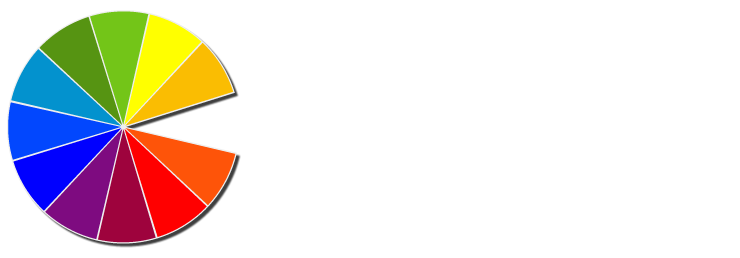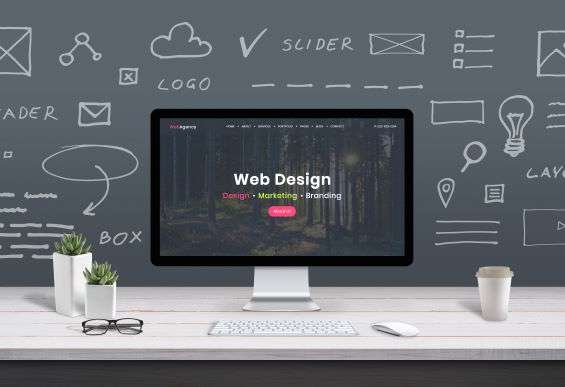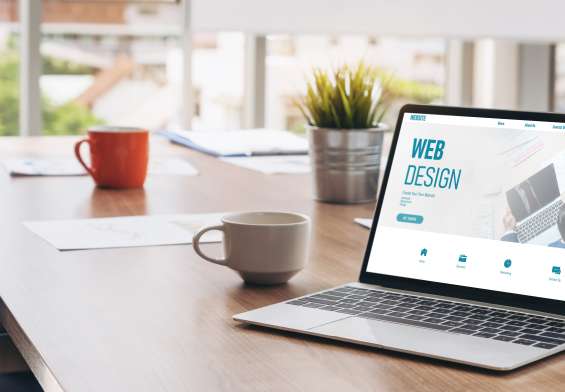Web design continues to evolve, guided by the influence of technology, user behavior, and creative trends. In 2025, design is about more than just aesthetics—it’s about crafting experiences that captivate, adapt, and inspire. Let’s take a look at six web design trends that are redefining the field and explore how designers can incorporate them into their projects.
AI-Driven Personalization
Artificial intelligence is becoming an increasingly huge part of modern web design, enabling websites to adapt dynamically to user preferences. By analyzing behavior, AI tailors layouts, content, and navigation to create personalized experiences. For instance, dynamic product displays in e-commerce or recommendation engines in content platforms ensure no two user’s journeys are the same.
From a design perspective, integrating AI requires creating adaptable frameworks that allow seamless automation. Designers need to balance flexibility and creativity, making sure the technology serves the user without overwhelming the design. Tools like modular grids or variable typography can help achieve this balance, so every user feels the site was built just for them.
Minimalism Evolved
Minimalism in 2025 isn’t about removing elements, but refining them to maximize their purpose. Today’s minimalist designs have tons of bold typography, striking contrast, and intuitive navigation that guide users effortlessly. For example, websites often pair high-contrast visuals with large call-to-action buttons, drawing attention to key elements.
For designers, the challenge lies in balancing visual appeal and usability. Every design choice needs to enhance functionality. Testing tools like A/B testing or heatmaps can help determine how effective these elements are. By focusing on clarity and intention, minimalist designs create an experience that feels simple but sophisticated.
Immersive 3D and AR
The integration of 3D elements and augmented reality is shaping today’s web design. Websites aren’t static anymore; they’re becoming immersive environments. Users can explore virtual spaces, interact with products, or visualize concepts directly on their devices. AR fitting rooms, cosmetic dental marketing visualizations, or 3D home tours are just a few examples of this technology in action.
From a design standpoint, creating immersive experiences requires a mixture of technical skills and artistic vision. Designers need to think in three dimensions, so movement, depth, and interaction feel natural. Software like WebGL or Three.js can make this process easier, so designers can push creative boundaries while maintaining usability.
Scrollytelling
Scrollytelling is the fusion of storytelling and interactive scrolling, and it’s revolutionizing how websites engage users. Instead of static blocks of text and images, websites now unfold narratives dynamically as users scroll. This approach is particularly effective for guiding users through complex ideas or brand journeys.
Designing for scrollytelling involves using animations, transitions, and visual elements to tell a cohesive story. For example, parallax effects can reveal key milestones or data visualizations as users scroll, keeping them engaged. Designers need to keep the visual flow supporting the narrative, avoiding clutter or unnecessary distractions.
Voice User Interface
Voice user interfaces (VUI) are becoming huge parts of web design, driven by the growing popularity of smart assistants and voice-enabled devices. Websites now integrate voice commands to simplify navigation and enhance accessibility. For instance, users can search for products or access features using natural language.
Designing for VUI requires flipping traditional layouts on their heads. Voice commands often bypass menus, so clear, intuitive information architecture is a necessity. Hybrid interfaces, combining voice navigation with visual cues, can enhance the user experience. Tools like schema markup also optimize content for natural language queries, improving discoverability in voice search.
Micro-Interactions
Micro-interactions are the unsung heroes of web design. These subtle animations or responses—like a button changing color when clicked or a tooltip appearing on hover—enhance usability and create a polished, responsive experience. They reassure users that their actions have been registered while adding a touch of delight.
Designing micro-interactions involves understanding user behavior. Each interaction should feel natural and purposeful, guiding users without overwhelming them. Animation tools like Lottie or Adobe After Effects can help create seamless transitions that elevate the design. These details, though small, leave a lasting impression on users.
Designing for the Future
The web design trends of 2025 highlight the importance of adaptability, creativity, and user-centric approaches. From AI-driven personalization to scrollytelling, each trend represents a step toward more dynamic and immersive digital experiences.
For designers, staying ahead means embracing these changes while maintaining a focus on usability. Regular testing, iteration, and a willingness to learn new tools are essential. By aligning your designs with these trends, you’ll not only meet current expectations but also set the stage for the future of web design.





